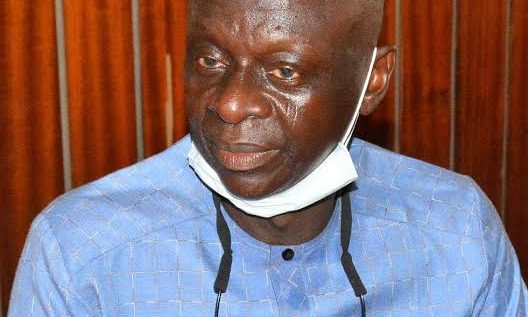X-raying The Impact Of Kwara Sports Commission In The State’s Sports Ecosystem

![]()
By: Mustapha Ajibola
Sports development has been in the frontburner ever since the creation of Kwara State in 1967. In fact, it was one of the states that rapidly assisted the integration of the country devastated by the civil war, following the introduction of the National Sports Festival in 1973.
Sports Associations are pivots upon which sports development and growth rotates, because of their socio-economic impacts, especially on athletes welfare, discovery and grooming of athletes, creation of development pathway and support, all of which obviously complements the efforts of the government.
Most of the earlier established states of the Federation operate under the Sports Council systems, with the Sports Associations, which are manned by passionate, experienced, and interested individuals, among whom are sponsors, co-sponsors, supporters and professionals, in different disciplines of sports lines are in charge.
Gradually, especially from the top level, advancements in sports developments were proffered, but not without the retention of the well established foundation for the establishment of sports roots, which are the Sports Associations.
The same mentality operates in virtually all the states of the Federation, despite the creation of more states from the initial 12, up till the present 36, with the Federal Territory, Abuja adopted as the 37th.
Between then and now, the states have been adopting or alternating between the Sports Council and Sports Commision development strategy, just like Kwara State did, from the early stage of the present administration.
Kwara had moved from having sports managed by the Ministry of Social Development and Education at inception to various nomenclatures, up till the Ministry of Sports and Youth Development, which was abolished for the Kwara State Sports Commission since 2019, collapsing with it, the Sports Council.
However, the pivot, or rather, the pillar that holds the sports sector in the state, which WAS the Sports Associations, has been relegated or abished since the introduction of the Commission.
First, Sports Associations give opportunities to interested individuals and corporate bodies and sponsors to reduce the burden of running sports on the government.
It also ensured collective participation of talented, passionate, and experienced administrators in the running of sports, as their support gives room for adequate coverage of the system all around the state.

Since the introduction of the Sports Commission and going by available records, the Associations were dissolved, with the intention of having them reconstituted. That has not been achieved up till now, maybe because of lack of interest from potential individuals or groups, or the introduction of a new attitudinal pattern at the Commission, which is discouraging them.
This, however, has increased the pressure on government spending in the sports sector, as the bridge which the Sports Associations have created has collapsed.
For over three years, the operations of the Commission have been completely unilateral, with the Board members of the Commission offering absolutely no assistance or support to the system.
For the first time since the introduction of the sports development pattern in the state, which has undergone different metamorphoses, this is the first time the cornerstone of sports development in the state, the Sports Associations were rendered useless.




